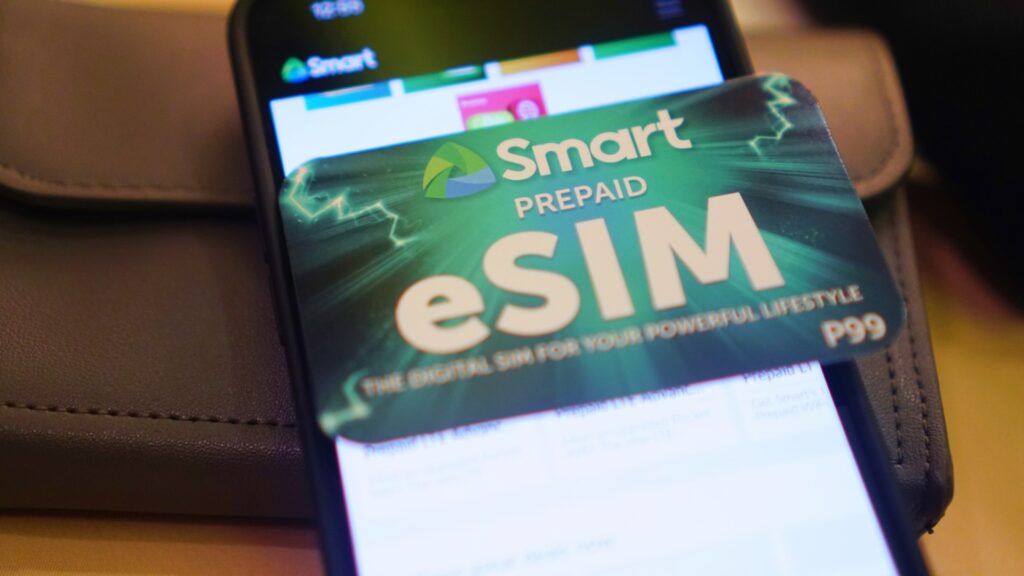
What are the common types of smart card?
Smart cards are essentially physical cards embedded with an integrated circuit chip that can store and process data. These cards are widely used in various industries for identification, secure access, and financial transactions. However, not all smart cards are the same, and different types of smart cards serve multiple functions. Smart cards are primarily categorized into two types: contact smart cards and contactless smart cards. Each card has its advantages and applications. Contact smart cards require direct physical contact with the reader, usually through a gold-plated chip surface. In contrast, contactless smart cards utilize radio frequency (RF) communication, enabling faster and more convenient interactions. Both types of smart cards are secure, but the specific choice depends on the operating environment and security requirements.
Contact Smart Cards
Contact smart cards are among the most common forms and are widely used for access control, SIM cards, and banking. These cards must be inserted into a card reader, where metal contacts interface with the chip. This design ensures a stable connection and reliable data exchange. Many organizations prefer contact cards for their robust security and resistance to RF interference.
Moreover, contact smart cards often support complex cryptographic algorithms, which are essential for secure authentication and data encryption. They are ideal for environments where high-security access is necessary, such as government offices or financial institutions. However, the need for physical contact can slow down transaction speeds and may cause wear over time.

Contactless Smart Cards
As the name suggests, the contactless smart card does not require physical contact with a reader. Instead, they communicate via NFC (Near Field Communication) or RFID (Radio Frequency Identification) protocols. Users simply tap the card against a reader, making them highly convenient for public transport, building entry, and event ticketing.
These cards are especially popular in fast-paced environments where speed is critical. Although they offer slightly less protection against physical tampering compared to contact cards, modern encryption and mutual authentication protocols keep data secure. They also tend to have a longer lifespan since there’s no physical wear from insertion.
Dual-Interface Smart Cards
Dual interface smart cards combine both contact and contactless capabilities. This hybrid design enables the card to operate on a broader range of systems and applications. Users can enjoy the high security of contact cards and the ease of contactless transactions, all in one solution.
Dual interface cards are increasingly used in government IDs, employee badges, and healthcare systems. They offer flexibility and future-proofing, as they can be integrated into both legacy systems and newer, contactless infrastructures. However, they may come at a higher cost due to the complexity of the embedded technology.

Memory Cards vs Microprocessor Cards
Smart cards can also be categorized by the type of chip they use. Memory cards have only storage capabilities and are used in simpler applications, such as prepaid phone cards or loyalty programs. They cannot process data independently.
A microprocessor smart card, on the other hand, functions like a mini-computer. They contain a CPU, RAM, and sometimes even a co-processor for encryption. These cards are used in complex environments such as banking, secure login systems, and electronic passports. The microprocessor enables sophisticated functionalities, such as on-card data processing and dynamic authentication.
Java Smart Cards
Java smart cards are a specific type of microprocessor card that runs Java Card applications. These cards support applet-based programming, allowing for multi-application use on a single card. For example, a single card can manage authentication, payment, and data storage for multiple services.
This versatility makes Java smart cards a preferred choice in multi-service environments, such as universities or corporate campuses. Developers can update or add new functions to the card without needing to replace the physical hardware. As digital ecosystems become increasingly complex, Java smart cards are being recognized as a scalable and adaptable solution.

Optical and Hybrid Smart Cards
Another category includes optical smart card, which stores data optically, similar to a CD or DVD. These are less common but offer high data capacity and are sometimes used for archival purposes. Hybrid smart cards, meanwhile, incorporate two separate chips: one for contact and one for contactless functions.
Unlike dual interface cards, hybrid cards don’t have a single chip handling both interfaces. This separation can be beneficial in specific security scenarios, although it also increases manufacturing complexity. These niche cards are tailored for specialized use cases in government or high-security industries.
Choosing the Right Smart Cards
With numerous types available, selecting the right smart card depends on your specific application and security requirements. If physical wear is a concern, consider using contactless or dual interface cards instead. For high-security environments, microprocessor or Java smart cards are often ideal.
Consider factors such as reader compatibility, data processing needs, and future scalability. While price is always a factor, it’s crucial to weigh it against the card’s durability, functionality, and adaptability. An informed choice ensures optimal performance and long-term value.
The necessity of choosing the right smart card
Whether it’s contact and contactless cards, advanced Java cards, or hybrid cards, each type has its unique purpose. Whether it’s identity management, payment security, or service access, smart cards offer a trusted and scalable solution. Understanding your options is the first step to effectively deploying smart cards.


